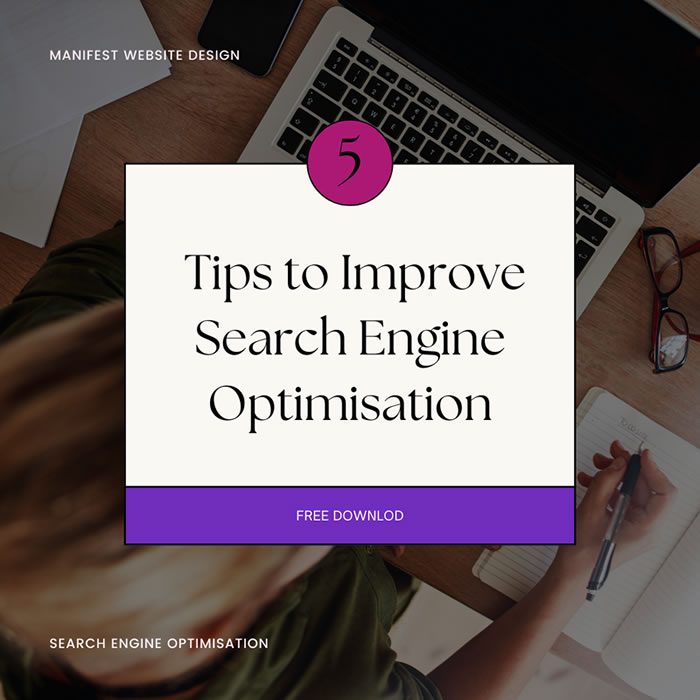Digital Roadmaps as Your Blueprint for Success
In a world where change is the only constant, business owners are often faced with an overwhelming number of decisions. Which direction should you take your company? How do you keep up with the dizzying pace of technology? How can you make sure that your business not only survives but thrives in the digital age?
Enter the concept of the digital roadmap.
So what is a digital roadmap? A digital roadmap is a step-by-step guide that outlines how a business can leverage digital channels and technologies to achieve its goals. It provides a clear vision of what the organisation aims to accomplish through its digital initiatives and plots the course for how to get there.
What Is a Digital Roadmap?
A digital roadmap isn’t a trendy term that we toss around to impress colleagues in the business world. Instead, it’s a detailed blueprint that we purposefully ideate and construct to know exactly how we’ll reach our end goal.
Every business has a destination they wish to reach – whether that be new customer acquisition, brand expansion, or merely staying afloat amid intense competition. What differentiates a successful business from a faltering one is often not the destination itself, but the roadmap leading to it.
More importantly, a well-thought-out digital roadmap provides you with a sense of control and direction, minimising the uncertainty and confusion that are often associated with digital transformation.
At its core, a digital roadmap details the strategies and tactics a business will employ to take full advantage of digital technologies to drive growth, improve operations, and deliver superior customer experiences. This might involve improving the company’s online presence, launching new digital products or services, or streamlining processes with digital tools.
Some key elements of a digital roadmap include:
- Strategic vision
- Objectives
- Actionable initiatives
- Timeframes
- Metrics for success
Example
Imagine a retail business, let’s call it “Retail R Us,” which has been predominantly brick-and-mortar. They’ve been sensing the push towards digital but have been reluctant to move, fearful of the unknown. However, with the onset of a global event that forced people indoors, they realised they needed to make the shift, and fast.
They defined their vision: “Seamless transition from physical to digital retail.” They identified their objectives – an engaging e-commerce site, integrated inventory management, and an effective digital marketing strategy. They set out clear initiatives, timelines, and success metrics.
With this roadmap, not only did they manage to execute their digital transformation efficiently, but they also saw a significant uptick in customer engagement and sales.
5 Stages in Crafting a Digital Strategy Roadmap
Website Development Version
1. Assess the Current State of Your Brand
Start with an honest, thorough assessment of your brand’s current digital standing. This isn’t about being hard on yourself or lamenting past decisions. You just need to understand where you are right now.
Give yourself a starting point.
Where do you stand in the vast digital marketplace? Are you a dominating force or barely a blip on the radar? Are your platforms serving their purpose, reaching your audience, and adding value to your brand?
2. Gather Goals, Milestones, and Your Vision
This step is just as important as the first, but instead of looking at the present, you’re looking ahead.
Ask yourself, “What are your goals?” And no, “improving online presence” is not a good enough goal. You need specific, measurable, achievable, relevant, and time-bound (SMART) goals. For instance, “Increase website traffic by 20% in the next quarter” or “Grow social media followers by 5000 in the next six months.”
Your goals aren’t just wishful thinking. They should be ambitious yet achievable. They should stretch your capabilities but not break them. And they must be relevant to your brand and your audience.
Next, think about the milestones (a.k.a. signposts). For example, reaching 1000 new social media followers could be a milestone towards your goal of 5000 new followers.
Finally, let’s talk about your vision. This is the big picture. The ultimate destination of your digital journey. Where do you want to see your brand in the future? What’s your dream scenario?
Your vision might seem a bit abstract compared to your concrete goals and milestones. But it’s equally important. It serves as the north star guiding your journey, the ultimate goal that all your efforts are aiming towards.
3. Link Initiatives to the Business’ Objectives and Capabilities
This stage is about creating the bridge that will connect your current reality with your vision.
Each initiative should be tied directly to your business objectives. If your goal is to increase website traffic by 20%, for example, your initiatives might include optimising your website for SEO or launching a content marketing campaign.
Your initiatives also need to take into account your capabilities. There’s no point in planning to launch a complex digital advertising campaign if you don’t have the necessary budget or expertise. Be realistic about what you can achieve with the resources you have.
Pro tip: Expect a lot of trial and error. You’ll most likely make mistakes you never would’ve been able to prepare for.
4. Map It Out
Translate your plan into a format (e.g., spreadsheet, comparison chart, table, visual diagram, post-its) that everyone in your team can understand and follow. Don’t worry if your initial map looks a bit messy. The point is to get all the information down, not to create a work of art. You can refine the design later.
5. Assign Priorities
Not all initiatives are equally important or urgent. Start by assessing each initiative in terms of its potential impact on your business and its urgency. Take note of the things you can achieve without overstretching your current resources.
Finally, consider the sequence of your initiatives. Some might need to be completed before others can start. For example, you can’t launch a content marketing campaign before your website is optimised for SEO. You’ll need to make some tough decisions.
Related articles:
Why All Businesses Should Have a Website
The World Wide Web of Woes: Only Two Problems That Really Matter
Choosing an SEO Company: How to Find Your Perfect Match
Schedule a Quick Digital Roadmap Consultation
Creating a digital strategy roadmap isn’t rocket science. It’s not some secret code that only Silicon Valley geniuses can crack. It’s just a logical, step-by-step process for improving your brand’s digital presence.
Here at Manifest Website Design, we pride ourselves on our ability to work with businesses of all sizes and across diverse industries, providing strategic guidance and operational expertise. Our aim is to create your roadmap to success. Let’s go from point A to B – all the way to Z, together. Time to hit the road. Map your way to success today.
JILLIAN BRANDON
About the Author
Jillian has over 30 years of experience in technology, programming, and digital marketing. Her work with the stock exchange in Australia, as well as other large corporations, has given her invaluable business expertise.
At Manifest Website Design, she helps goal-driven entrepreneurs build their business, regardless of size and industry, using the power of the internet. She’ll walk alongside you every step of the way, making sure that your website is running smoothly, and most importantly, generating leads. Connect with her on LinkedIn.




